Biodôme, Montreal, Canada

This post contains affiliate links. This means at no extra cost to you, I may earn a commission if you purchase through my links. Please see my website disclaimer for more info.
In 2021, Quebec started to open up again after a long period of lockdown due to the COVID-19 pandemic. While there were restrictions in place, like having to wear masks at indoor venues, it was still nice that things were starting to open back up.
We decided to take advantage and explore locally, visiting Chatêau Ramezay, Chatêau Dufresne, the Montreal Botanical Gardens, and finally, the Montreal Biodôme. We also planned to visit the Pointe-à-Callière Museum of Archaeology and History in a few weeks when our friends were free.
That would be it for the paid attractions, but of course we also spent time walking around the Old Port and the Old Montreal area - which I highly recommend if you haven’t been already!
Biodôme Info
- Address: 4777, avenue Pierre-De Coubertin, Montreal, QC
- Hours: Daily 09:00 - 18:00
- Time needed to visit: 2 - 3 hours
- Official website: espacepourlavie.ca
Getting There
If you’re in the downtown area, you can take the metro on the Green line to Viau station, and walk about 10 minutes to the Biodôme.
If you’re driving, there is a parking lot right next to the Biodôme. Note that the parking lot is a paid parking lot, however your parking ticket is valid for the three Espace pour la vie parking lots: the one at the Biodôme, the one at the Jardin botanique, and the one at the Insectarium.
I opted to hunt for some free on-street parking on the residential streets nearby. If you do the same, just be sure to check the parking signs for any restrictions.
Note: The Biodôme, along with the Botanical Gardens, Insectarium, and Planetarium, are all located in the same area. You can buy a ticket for all 4 attractions at a discounted price from the official site. You can also walk to the Biodôme from the other spots, if you’re already at one of them.
The Biodôme
Montreal’s Biodôme is a complex that allows you to walk through various different ecosystems, and see the animals and plants that live in them. It’s kind of like a zoo and an aquarium all-in-one, but it’s all in an enclosed environment that mimics the environments the animals would normally live in.
Actions to preserve species
Thanks to its large collection of animals and plants, the Biodôme is a fertile ground for the conservation of species in Quebec. In fact, the Biodôme’s research teams and various collaborators are actively involved in a number of conservation programs.
Actions are taken to protect the wood turtle, the copper redhorse, the chorus frog, the wild garlic and the five-leaf ginseng. In the case of wild garlic and North American ginseng, a restoration program has been implemented to prevent their disappearance and to promote their reintroduction into the natural environment.
espacepourlavie.ca
The Biodôme was renovated in 2020, and now includes a new atrium and mezzanine. When we visited, the front of the building was filled with construction equipment, and the entrance was via the side of the building. This was my first time visiting the Biodôme probably since I was a kid, so I don’t know if the side entrance is to remain the main entrance or not.
Entrance fee: $16.50 CAD per adult

The atrium is your first stop after entering and either buying or showing your tickets, from where you can enter the different ecosystems.
The Biodôme houses replicas of five ecosystems found in the Americas:
- the Laurentian Maple Forest
- the Gulf of St. Lawrence
- the Sub-Antarctic Islands
- the Labrador Coast
- the Tropical Forest
The Laurentian Maple Forest

We started with the Maple Forest, where a couple of otters were playing and swimming. Just to the left of what you see in the picture below, there’s a neat little water slide that the otters use to get from the top of the enclosure to the bottom.

When you continue on, there are a few different animals, but you can’t always catch them as they’re sometimes hiding in the trees or their homes.
There’s apparently a Lynx, which I believe lives in the area in the pic below, but I couldn’t spot him. Some others standing there seemed to be able to see him, so I must be blind! 😂

There was also this little guy in the next pic, but I’m not sure what it was. There’s apparently a beaver and a porcupine somewhere, but I don’t see a beaver tail on this one, nor does the coat look like that of a porcupine. So, I’m not sure what it was - possibly one of the racoons that lives in this area as well?

Something I found really cool, is that various sections of the Biodôme include real trees and plants. I believe all of the big rocks, boulders, and cliffs however are man-made. They’re very well done though, and so it’s not obvious that they’re not real.
After walking through the Maple Forest and trying to find the various animals, we decided to head to the Gulf of St. Lawrence.
The Gulf of St. Lawrence
If I recall correctly, some of the sections can be accessed via one of several entries. So for example, in the Gulf, you can view the marine life from ground level first, or from below first like we did …


The aquarium that houses the fish in this section is pretty huge, with a concave glass wall that allows you to see the fish from the other side of the aquarium, as can be seen here:

The following jellyfish were at the end of this area, housed in a separate tank with a red glowing light that gave a really cool effect. I’m not aware of jellyfish living in the Gulf of St. Lawrence though, but I’m no expert so what do I know! 😂

Continuing on, we were now heading towards the “ground level” part of the gulf. When you first enter this section, there’s a section with various types of marine life, including starfish, and some other marine life I couldn’t identify.


Once you pass this initial section, there’s a beautiful huge basin that serves various different fish and birds. This is where we saw the fish from below before in the huge aquarium in some of the pics above.

The large basin of the Gulf of St. Lawrence ecosystem contains 2.5 million litres of “seawater” produced on site. The water in this giant basin is maintained at a temperature of 10°C and a salinity of 24 grams of salt per litre of water.
espacepourlavie.ca


Next up, we headed over to the Sub-Antarctic Islands.
The Sub-Antarctic Islands
When you enter the Sub-Antarctic, you enter through a really cold, icy corridor, which I apparently didn’t get any decent pics of. But this is where you’ll find the penguins!
There are actually four species of penguins here, but I think we only got pics of two of them? Either that or they all looked very similar to me! 🫤

In the not so clear pic below that I grabbed from a video I took, you can see the penguins on the left have different patterns on their coats than those on the right, so I’m guessing these are two different species.

The four species that can be seen at the Biodôme are:
- the king penguin
- the gentoo penguin
- the northern rockhopper penguin
- the macaroni penguin
After watching the penguins waddling about for a bit, we entered the Labrador Coast, where they have puffins!
The Labrador Coast


The puffins are seriously cute. They way the swim, dive, and clean themselves in the water was super adorable!
After watching them dance around for a bit, we headed over to the remaining ecosystem, the Tropical Rainforest!
The Tropical Rainforest
The temperature in this area is held at 25 to 28°C during the day, and with a relative humidity of at least 70-80%! And you can feel it right away when you enter. Having come from the Sub-Antarctic and Labrador ecosystems with our winter coats on, we definitely felt the heat here.
We saw some beautiful parrots, that were keeping a close eye on us as we passed by, and also screeching quite loudly at us and another couple. I was keeping my eye on him too as we passed, as I wasn’t sure if he was going to swoop down and attack us! 😅


There were also some caiman, which even from far looked pretty intimidating!

As we kept making our way through this ecosystem, there were some really beautiful fish in another aquarium, as well as a waterfall that fed into a pond where some other fish were swimming.



Continuing along, we spotted some I think monkeys? in a tree. I filmed them, but they were moving around quite fast, so it was hard to grab a good still shot. The following blurry image is a screenshot from the video I took and was the best I could get before they disappeared into the trees!

Once we were finished with the tropical section, we headed up to the 2nd floor to get the “birds eye view” of the ecosystems we had just visited, which offered an interesting perspective.

Final Thoughts
The Montreal Biodôme has some really interesting ecosystems to explore, and I think it’s a great place to visit, especially if you have kids. The interactive nature of the ecosystems is quite fun, and kids really get a kick out of seeing the animals just doing what they do!
It’s also worth it to check out the Planetarium, Botanical Gardens, and Insectarium while you’re there, as they’re all in the same area. We didn’t have the option to do both the Biodôme and Botanical Garden at the same time unfortunately, as the booking system during the pandemic only allowed limited spots at each per day, but I still was able to purchase a discounted fare by combining the two. The Planetarium and Insectarium were still under renovations at the time, so hopefully we’ll get to check them out another time.
Until next time,
michael 😀
Share this post:

Sugaring Off at Érablière Meunier, Montreal, Canada

Must Try Food and Drinks in Montreal

Christmas Markets in Montreal, Canada
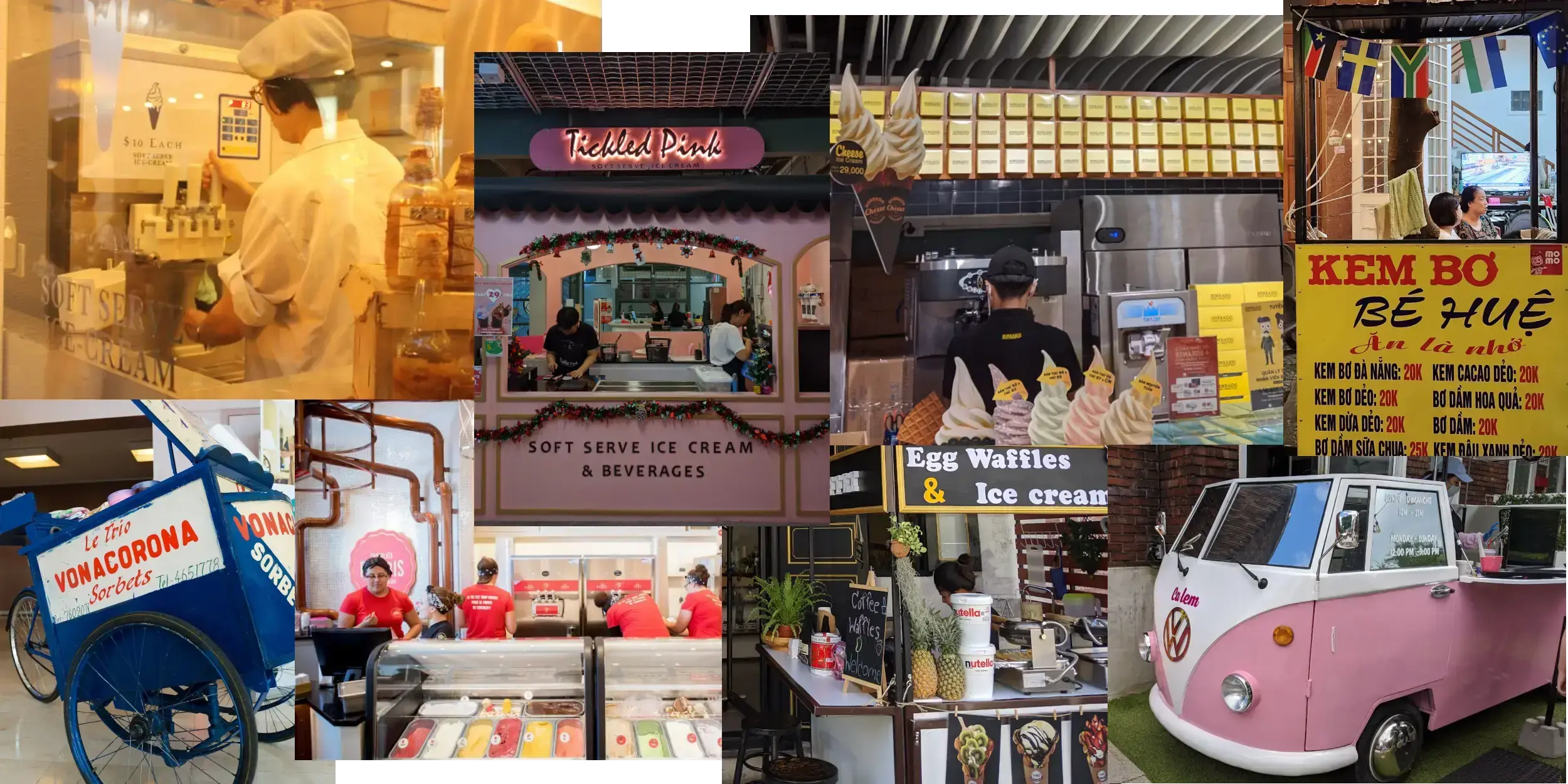
Unique and Delicious Ice Cream From Around the World

Canadian Tulip Festival, Ottawa, Canada

Canada Science and Technology Museum, Ottawa, Canada

Plane Spotting at Jacques-de-Lesseps Park
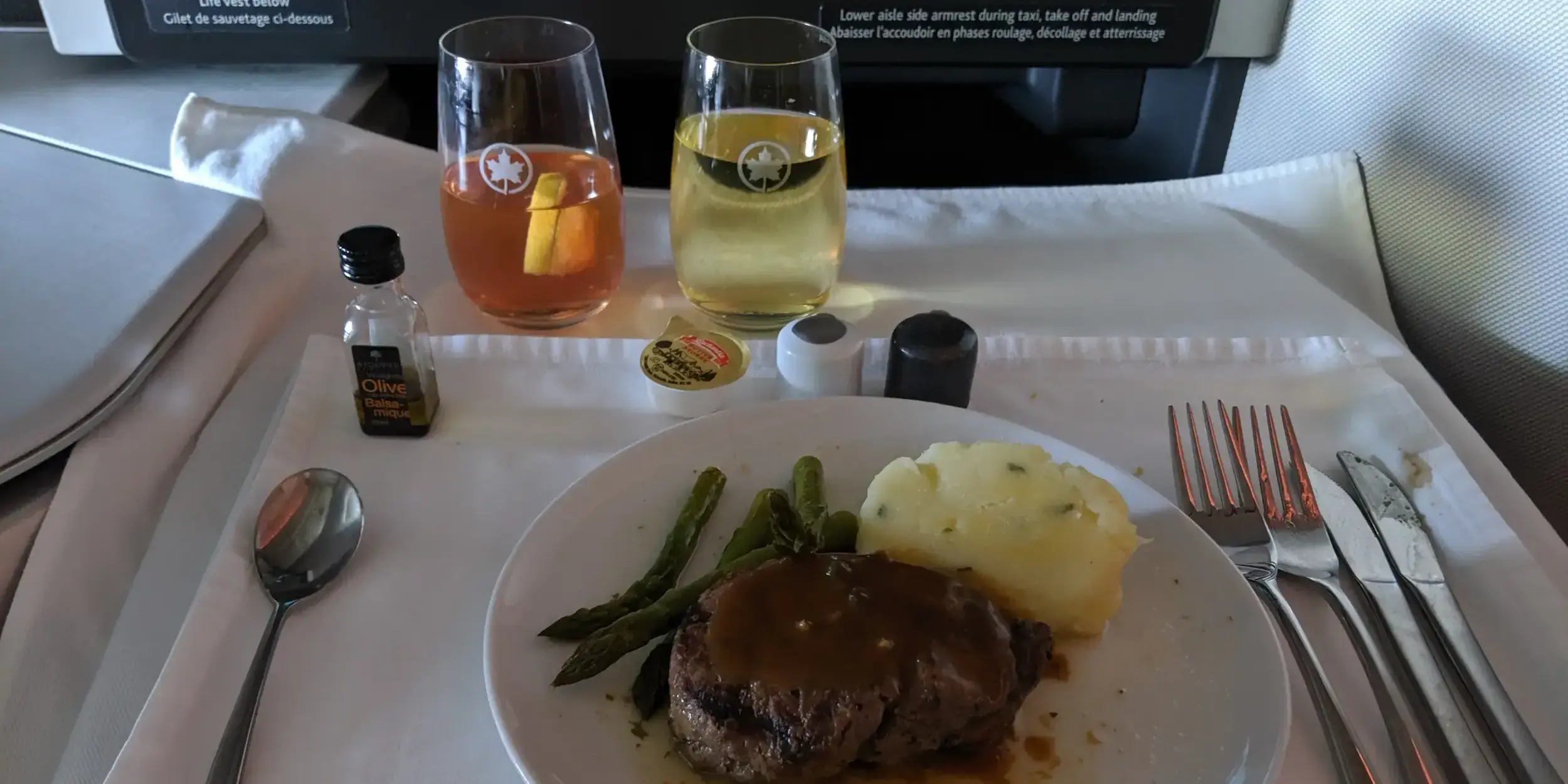
Flying Business-class With Air Canada. Worth it?

Basilique Notre-Dame de Montréal, Montreal, Canada
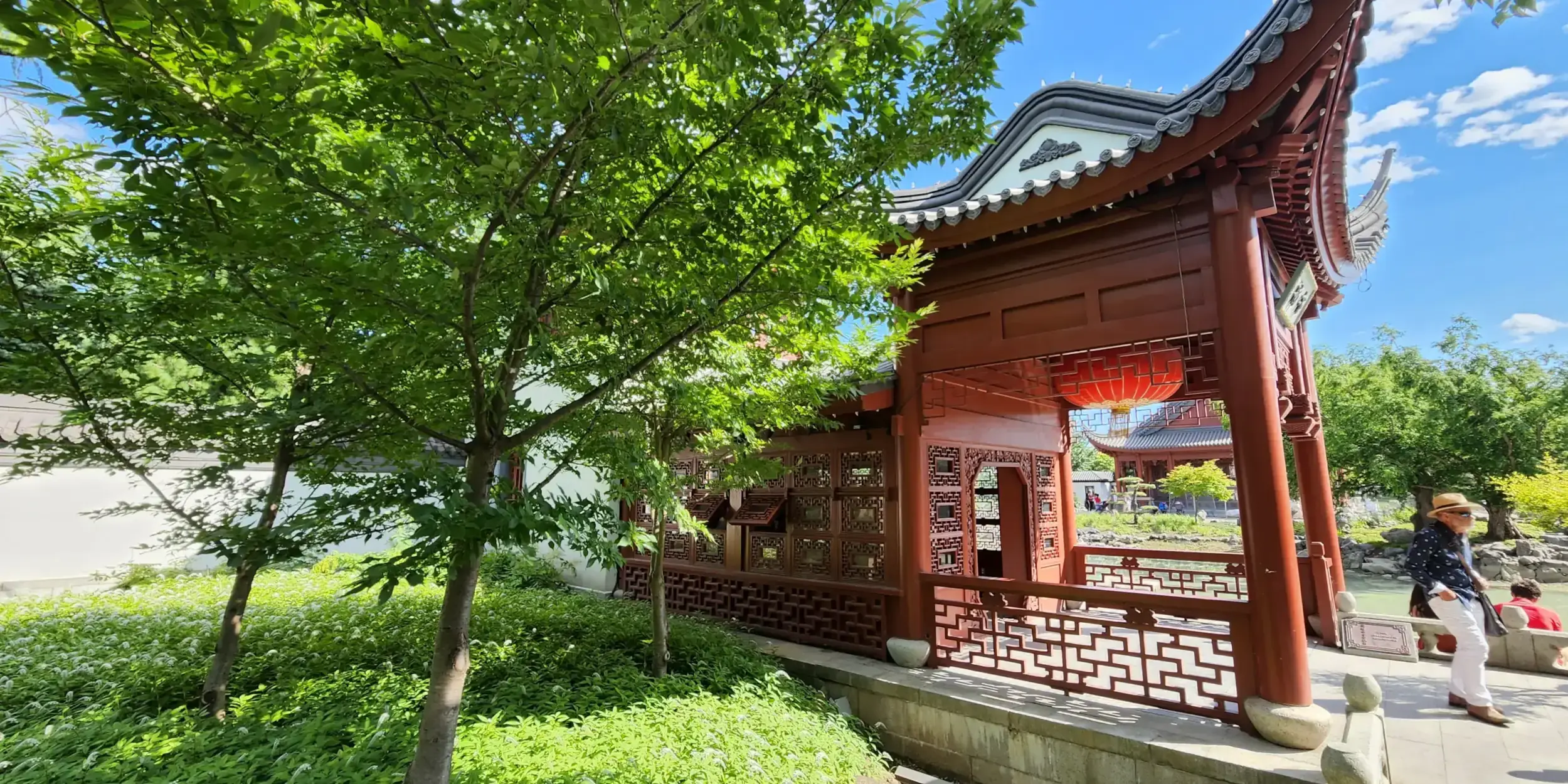
Botanical Gardens, Montreal, Canada - Revisited
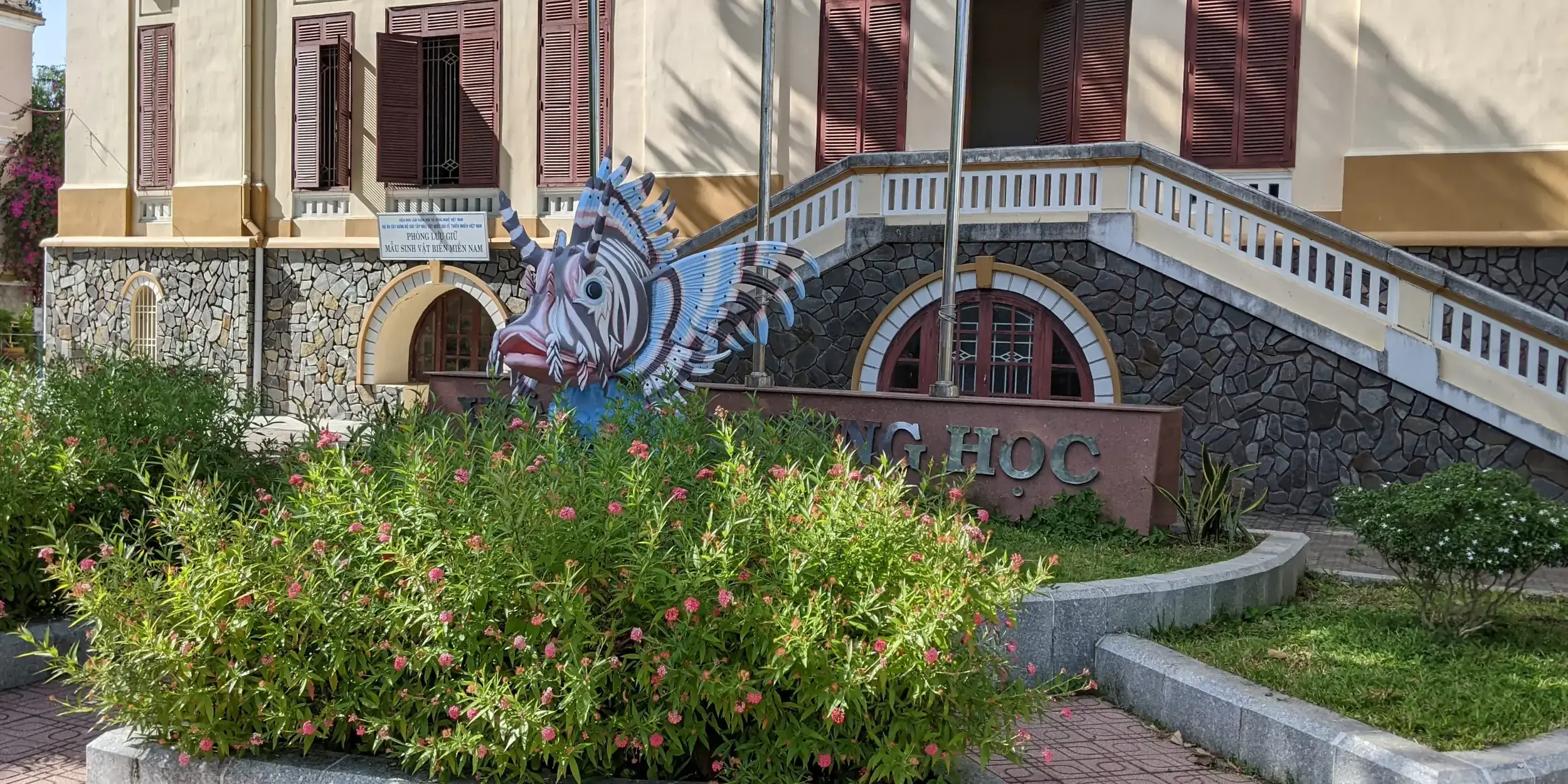
Museum of Oceanography, Nha Trang, Vietnam

Pointe-à-Callière Museum of Archaeology and History, Montreal, Canada
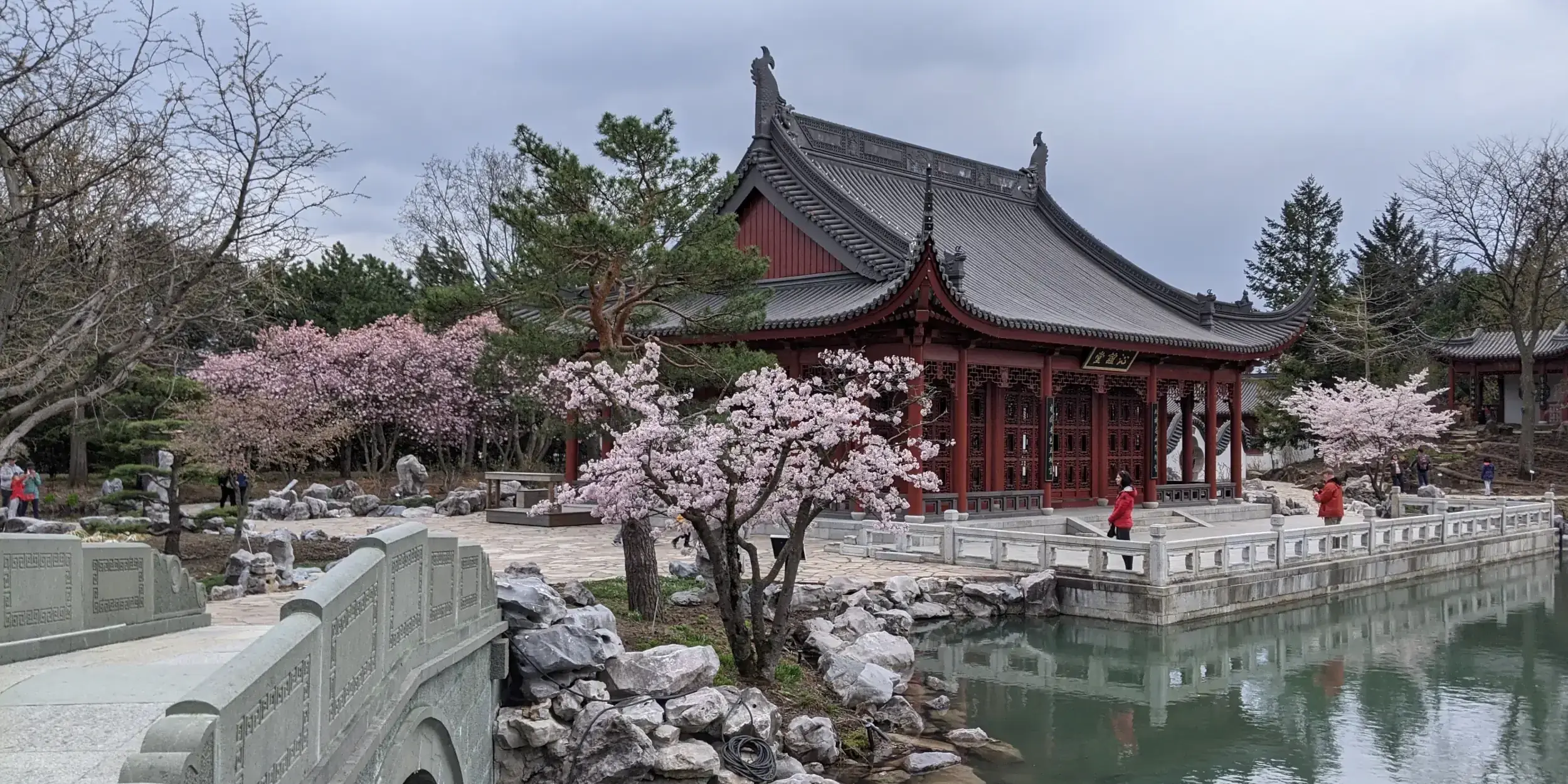
Botanical Gardens, Montreal, Canada

Château Dufresne Museum, Montreal, Canada

Château Ramezay Museum, Montreal, Canada
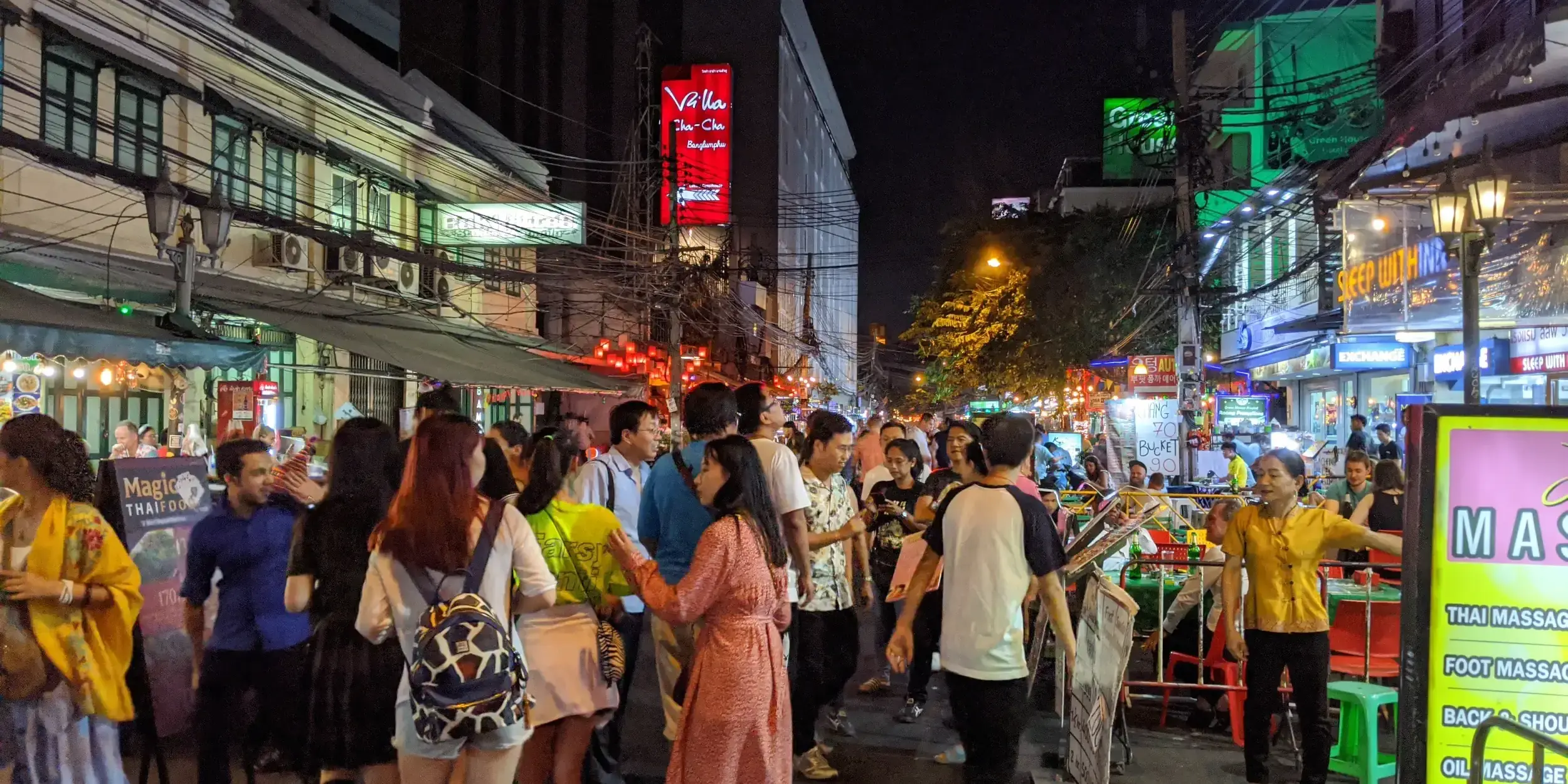
2 Days in Bangkok, Thailand
Comments